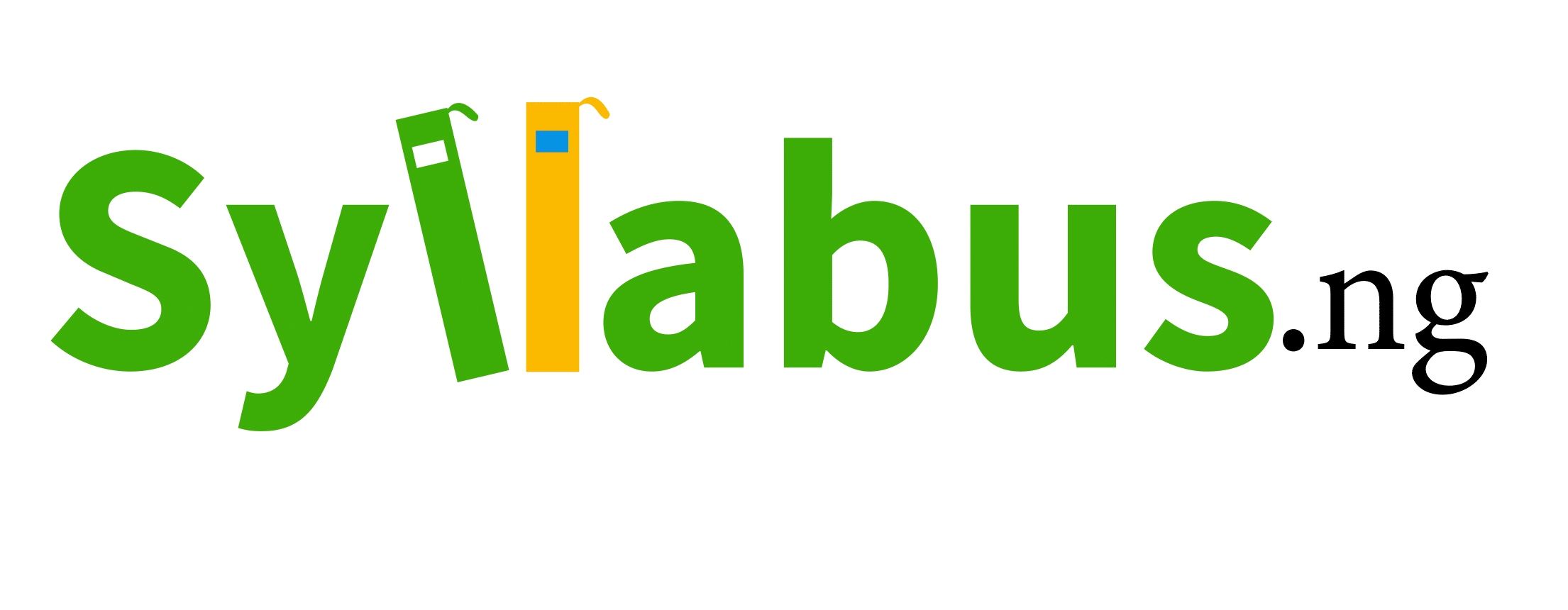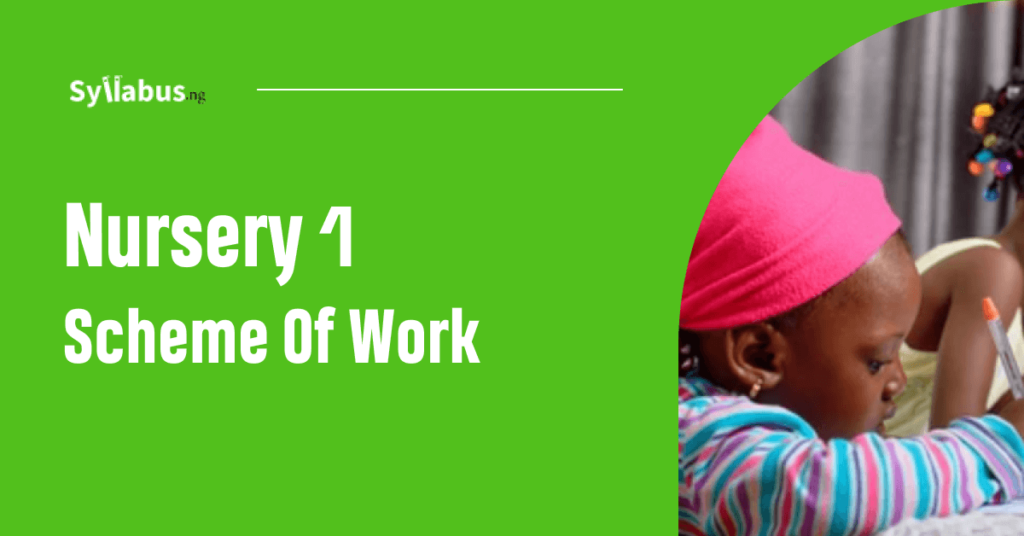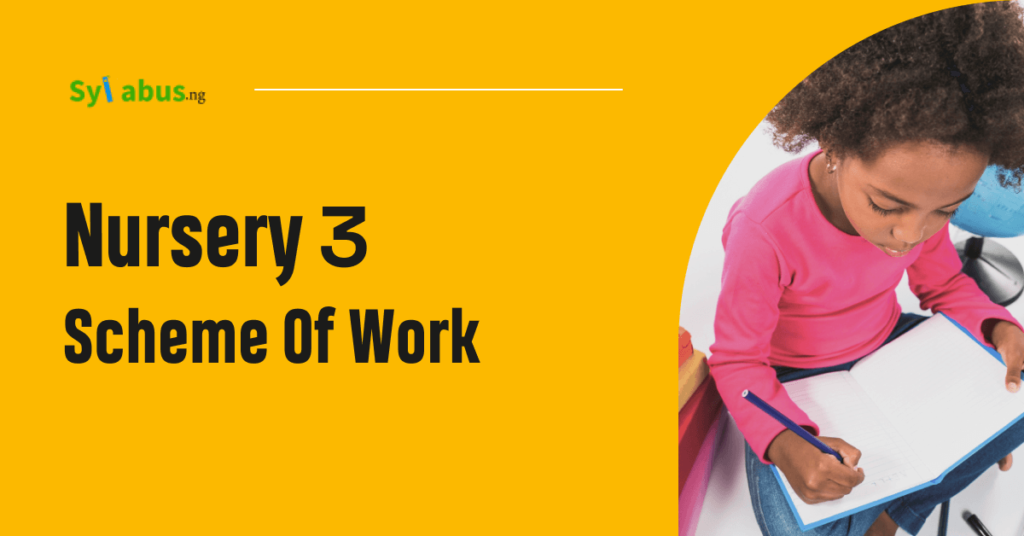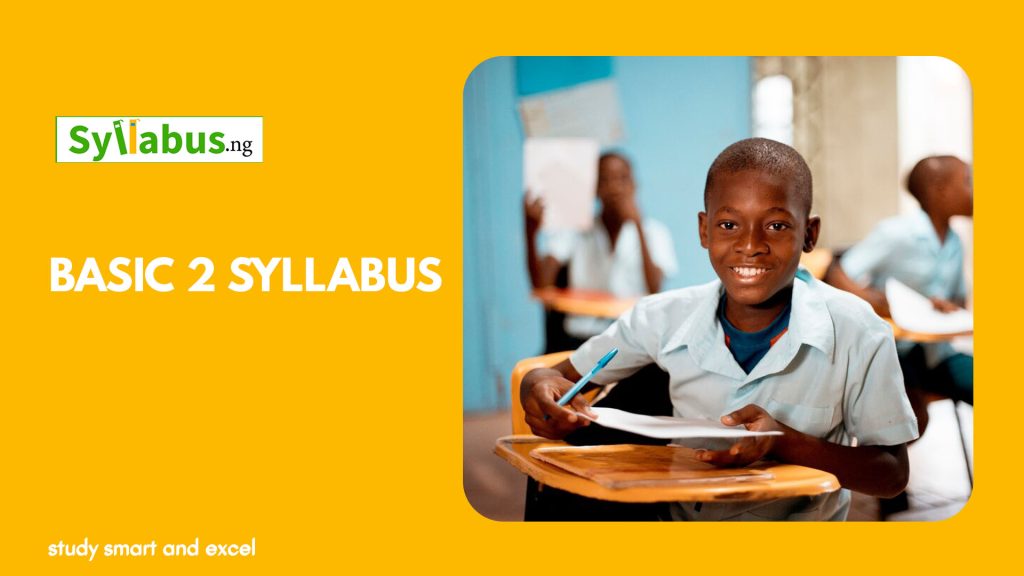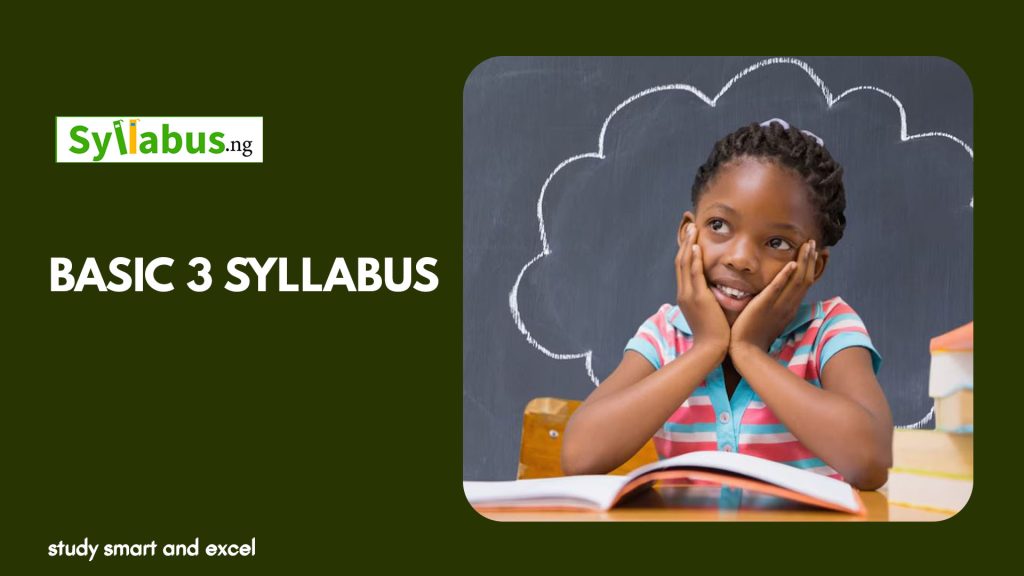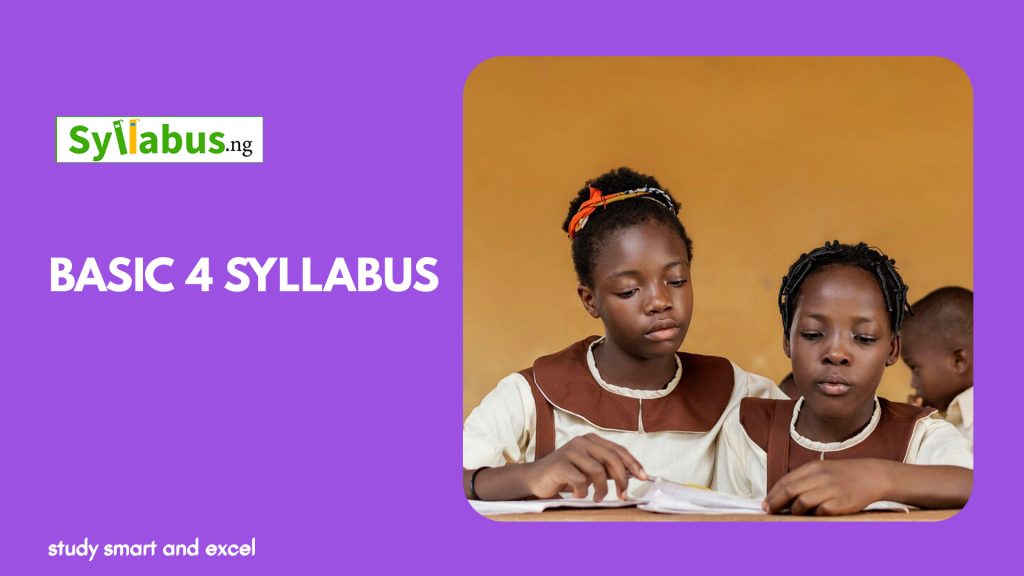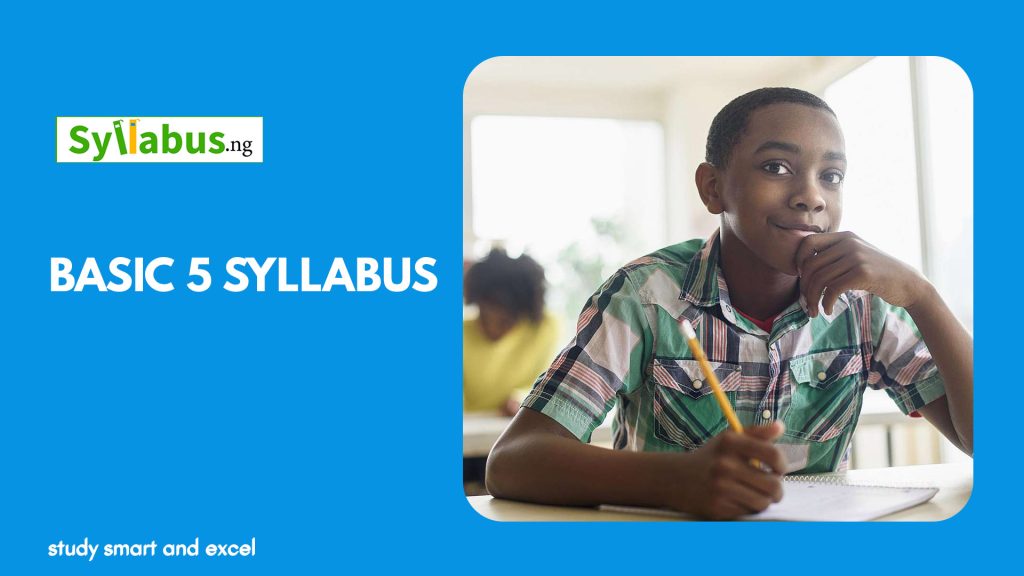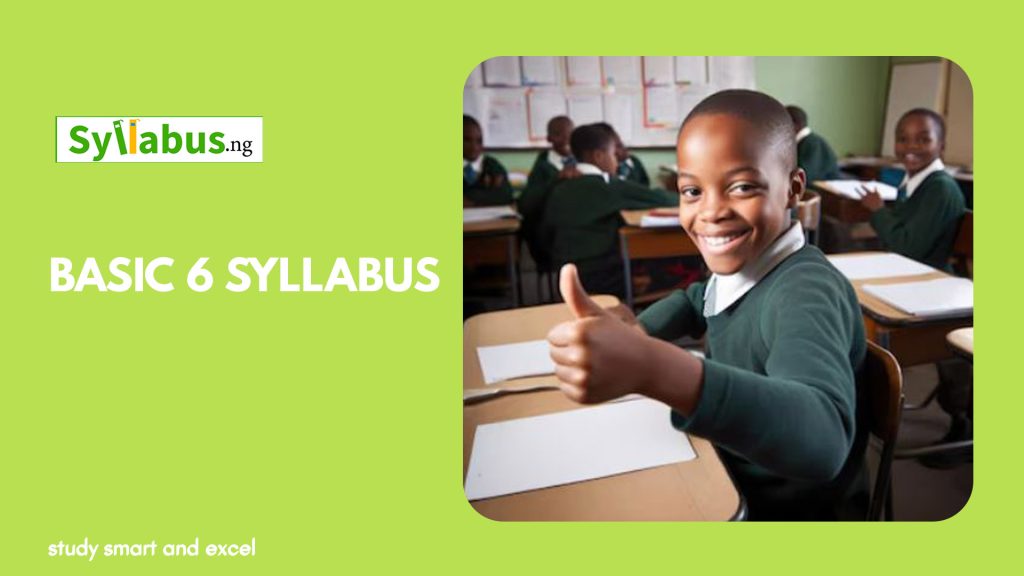Nursery 2 Literacy (Language Domain) Scheme of Work
Download the Nursery 2 Literacy (Language Domain) Scheme of work as created by the National Association of Proprietors of Private Schools(NAPPS) as a guide for educators and parents to teach kids.

Home » Nursery 2 Scheme of Work » Nursery 2 Literacy (English Language) Scheme of Work
Home » Nursery 2 Scheme of Work » Nursery 2 Literacy (English Language) Scheme of WorkAbout Literacy (Language Domain) Scheme of Work for Nursery 2
The Nursery 2 Literacy has two parts and this is one of them. This curriculum is focused on developing the necessary skills in young adults, including listening, speaking, reading, and writing.
Through storytelling, songs, rhymes, and group discussions, students are taught how to read, write, spell words, etc. These activities are designed to encourage the active participation of all children in class.
This subject will also teach children letter recognition, phonemic awareness, and early word reading. Using colorful picture books, flashcards, and interactive games, children will learn to identify letters, understand their sounds, and begin to form simple words.
In summary, the Nursery 2 Literacy program aims to create a stimulating and supportive environment where children can develop a lifelong love for reading and effective communication.
Download Nursery 2 Literacy (Language Domain) Scheme of Work

Know what’s expected of you as an educator
Download the NAPPS Unified Scheme of Work for Nursery 2 Literacy (Language Domain)
Nursery 2 First Term Scheme of Work for Literacy (Language Domain)
| Source | NAPPS | |||
| Class | NURSERY 2 | |||
| Subject | LITERACY (LANGUAGE DOMAIN) | |||
| Term | FIRST TERM | |||
| Week | Topic | Teachers Activities | Pupil Activities | Learning Resources |
| 1 | INTRODUCTION OF THE FIRST GROUP OF SOUNDS: s, a, t, i, p, n. – Blending sounds – Word formation | i. The teacher introduces sounds using associated flash cards, actions, and stories. ii. The teacher blends sounds and helps students to form words such as C – V words, V – C words, C – V – C words, V – C – V words, etc. | i. Pupils blend sounds and form words e.g. As, At, It, In, An, Is, Sat, Pan, Set, etc. ii. Pupils identify sounds using action. ASSESSMENT: Match sounds to the correct picture. Identify and color sounds. | Jolly phonics handbook and C/D Sound recorder |
| 2 | INTRODUCTION OF THE SECOND GROUP OF SOUNDS: c, k, e, h, r, m, d – Blending sounds – Word formation | i. The teacher reads jolly phonics 42 sounds to the pupils. ii. The teacher introduces sounds using associated flashcards actions and stories. iii. The teacher blends sounds and helps students to form words such as C – V words, V – C words, C – V – C words, V – C – V words, etc. | i. Pupils read jolly phonics 42 sounds. ii. Pupils blend sounds and form words e.g. Ma, He, Pet. Man, Dot, Hen, Rat, Hat, etc. iii. Pupils identify sounds using action. ASSESSMENT: Colour the right picture for each sound. Sound and match sounds. Blend words and pronounce them correctly. | Jolly phonics handbook and C/D Sound recorder |
| 3 | INTRODUCTION OF THE THIRD GROUP OF SOUNDS: g, o, u, l, f, b – Blending sounds – Word formation | i. The teacher reads jolly phonics 42 sounds. ii. The teacher introduces sounds using associated flash cards, actions, and stories. iv. The teacher matches sounds with pictures. v. The teacher blends sounds and helps students to form words such as C – V words, V – C words, C – V – C words, V – C – V words, etc. | i. Pupils read jolly phonics 42 sounds. ii. Pupils blend sounds and form words e.g. Be, Go, Lip, Fat, Gap, etc. iii. Pupils identify sounds using action. ASSESSMENT: Name and trace sounds. Match sounds to the correct picture and color. Blend words and pronounce them correctly. | Jolly phonics handbook and C/D Sound recorder |
| 4 | REVIEW SOUNDS s-b – Blending sounds – Word formation | As in weeks 1-3 | As in weeks 1-3. ASSESSMENT: Identify and color sounds. Blend words and pronounce them correctly. | Jolly phonics handbook and C/D Sound recorder |
| 5 | INTRODUCTION OF THE FOURTH GROUP OF SOUNDS: ai, oa, ie, ee, or. – Blending sounds – Word formation | i. The teacher reads jolly phonics 42 sounds. ii. The teacher introduces sounds using associated flash cards, actions, and stories. iii. The teacher matches sounds with pictures and colors them. iv. The teacher blends sounds and helps students to form words such as C – V words, V – C words, C – V – C words, V – C – V words, etc. | i. Pupils read jolly phonics 42 sounds. ii. Pupils blend sounds and form words e.g. See, Lie, Tree, For, Day, etc. iii. Pupils trace and identify sounds in their notebooks. ASSESSMENT: Match sounds to the correct picture. Identify and color sounds. | Jolly phonics handbook and C/D Sound recorder |
| 6 | INTRODUCE THE FIFTH GROUP OF SOUNDS: z, w, ng, v, oo. – Blending sounds – Word formation | i. The teacher reads jolly phonics 42 sounds. ii. The teacher introduces sounds using associated flash cards, actions, and stories. iii. The teacher blends sounds and helps students to form words such as C – V words, V – C words, C – V – C words, V – C – V words, etc. | i. Pupils read jolly phonics 42 sounds. ii. Pupils blend sounds and form words e.g., Was, Zoo, Woo, Sing, Wing, etc. iii. Pupils identify and trace sounds. ASSESSMENT: Name and trace sounds. Match sounds to the correct picture and color. | Jolly phonics handbook and C/D Sound recorder |
| 7 | INTRODUCTION OF PURE VOWEL SOUNDS – Blending sounds – Word formation | i. The teacher reads and identifies pure vowel sounds: a, e, i, o u. ii. The teacher identifies the vowel sounds and differentiates them from consonant sounds. iii. The teacher pronounces vowel sounds for pupils to hear. iv. The teacher blends vowel sounds and helps students to form words such as C – V words, V – C words, C – V – C words, V – C – V words, etc. | i. Pupils pronounce vowel sounds and form words with vowel sounds e.g. On, Cat, Set, It, Put ASSESSMENT: Identify and circle all the vowels. Match vowel sounds to their pictures. | Jolly phonics handbook and C/D Sound recorder |
| 8 | INTRODUCTION OF PURE VOWEL SOUNDS – Blending sounds – Word formation | i. The teacher reads and identifies pure vowel sounds: a, e, i, o u. ii. The teacher identifies the vowel sounds and differentiates them from consonant sounds. iii. The teacher pronounces vowel sounds for pupils to hear. iv. The teacher blends vowel sounds and helps students to form words such as C – V words, V – C words, C – V – C words, V – C – V words, etc. | i. Pupils pronounce vowel sounds and form words with vowel sounds e.g. On, Cat, Set, It, Put ASSESSMENT: Identify and circle all the vowels. Match vowel sounds to their pictures. | Jolly phonics handbook and C/D Sound recorder |
| 9 | VOWEL SOUNDS – Blending sounds – Word formation | i. The teacher identifies vowel sounds. ii. The teacher blends vowel sounds with consonant sounds. iii. The teacher pronounces vowel sounds and helps pupils to also pronounce the sounds correctly. iv. The teacher guides pupils to form words with vowel sounds. | i. Pupils pronounce vowel sounds and form words with vowel sounds e.g. Boy, Net, Fang, Bed, Fat, etc. ASSESSMENT: Name and trace letters. Name and match letters to their sounds. Match vowel sounds to their pictures. | Songs/rhymes: Bla,bla, Black sheep. Jolly phonics hand book and C/D. Sound recorder |
| 10 | S – OO. ASSOCIATE SOUND WITH PICTURE – Blending sounds – Word formation | i. The teacher blends vowel sounds with consonant sounds. ii. The teacher pronounces vowel sounds and helps pupils to also pronounce the sounds correctly. iii. The teacher guides pupils to form words with vowel sounds. | i. Pupils pronounce vowel sounds and form words with vowel sounds e.g. Boy, Net, Fang, Bed, Fat, etc. ASSESSMENT: Name and trace letters. Name and match letters to their sounds. Match vowel sounds to their pictures. | Songs/rhymes: Bla,bla, Black sheep. Jolly phonics hand book and C/D. Sound recorder |
| 11 | REVISION | |||
| 12 | EXAMINATION | |||
Nursery 2 Second Term Scheme of Work for Literacy (Language Domain )
| Term | Second Term | |||
| Week | Topic | Teachers Activities | Pupil Activities | Learning Resources |
| 1 | REVIEW SOUNDS S – OO – Blending sounds – Word formation | i. Teacher reads s – ar. ii. The teacher reviews sounds–oo with stories, actions, and real objects. iii. Teacher blends sounds and helps students to form words such as C – V words, V – C words, C – V – C words, V – C – V words, etc. | i. Pupils blend sounds and form words e.g. As, Sit, Sun, Zoo, Too, Look, etc. ii. Pupils identify sounds using action. ASSESSMENT: Colour the right picture for each sound. Sound and match sound with the correct picture. | Jolly phonics handbook and C/D. Sound recorder. |
| 2 | INTRODUCE THE SIXTH GROUP OF SOUNDS: y, x, ch, sh, th – Blending sounds – Word formation | i. The teacher reads the sounds s – ar. ii. The teacher introduces – them with stories and action pictures. iii. The teacher blends sounds and helps students to form words such as C – V words, V – C words, C – V – C words, V – C – V words, etc. | i. Pupils blend sounds and form words e.g. My, Ox, The, Bush, Cho, etc. ii. Pupils identify sounds using action. ASSESSMENT: Name and trace sounds. Match sounds to the correct picture and color | Jolly phonics handbook and C/D. Sound recorder. |
| 3 | INTRODUCE THE SIXTH GROUP OF SOUNDS: y, x, ch, sh, th – Blending sounds – Word formation | i. The teacher reads the sounds s – ar. ii. The teacher introduces – them with stories and action pictures. iii. The teacher blends sounds and helps students to form words such as C – V words, V – C words, C – V – C words, V – C – V words, etc. | i. Pupils blend sounds and form words e.g. My, Ox, The, Bush, Cho, etc. ii. Pupils identify sounds using action. ASSESSMENT: Name and trace sounds. Match sounds to the correct picture and color | Jolly phonics handbook and C/D. Sound recorder. |
| 4 | INTRODUCE THE SEVENTH GROUP OF SOUNDS: qu, ou, oi, ue, er, ar – Blending sounds – Word formation | i. Teacher introduces qu – ar with stories and action pictures. ii. The teacher blends sounds and helps students to form words such as C – V words, V – C words, C – V – C words, V – C – V words, etc. | i. Pupils blend sounds and form words e.g. Hoe, Tar, Sow, Toy, etc. ii. Pupils identify sounds using action. ASSESSMENT: Match sounds to the correct picture. Identify and color sounds. | Rhyme book. Videos. Phonics handbook and CD Sound recorder. |
| 5 | INTRODUCE THE SEVENTH GROUP OF SOUNDS: qu, ou, oi, ue, er, ar – Blending sounds – Word formation | i. Teacher introduces qu – ar with stories and action pictures. ii. The teacher blends sounds and helps students to form words such as C – V words, V – C words, C – V – C words, V – C – V words, etc. | i. Pupils blend sounds and form words e.g. Hoe, Tar, Sow, Toy, etc. ii. Pupils identify sounds using action. ASSESSMENT: Match sounds to the correct picture. Identify and color sounds. | Rhyme book. Videos. Phonics handbook and CD Sound recorder. |
| 6 | REVIEW OF SOUNDS Week 1 – 5. | Review week 1 – 5 | Review week 1 – 5 | Review week 1 – 5 |
| 7 | VOWEL SOUNDS – Blending sounds – Word formation | i. Teacher reads the jolly phonics 42 sounds. ii. Teacher reads: a, e, i, o, u iii. The teacher blends sounds and helps students to form words such as C – V words, V – C words, C – V – C words, V – C – V words, etc. | i. Pupils read jolly phonics 42 sounds. ii. Pupils identify, trace, and write vowel sounds a, e, i, o, u – on their own. iii. Pupils form words with vowel sounds. ASSESSMENT: Identify and circle all the vowel sounds. Match vowel sounds with their pictures. | Rhyme tapes and videos. Phonics handbook and CD Sound recorder. |
| 8 | VOWEL SOUNDS – Blending sounds – Word formation | i. Teacher reads the jolly phonics 42 sounds. ii. Teacher reads: a, e, i, o, u iii. The teacher blends sounds and helps students to form words such as C – V words, V – C words, C – V – C words, V – C – V words, etc. | i. Pupils read jolly phonics 42 sounds. ii. Pupils identify, trace, and write vowel sounds a, e, i, o, u – on their own. iii. Pupils form words with vowel sounds. ASSESSMENT: Identify and circle all the vowel sounds. Match vowel sounds with their pictures. | Rhyme tapes and videos. Phonics handbook and CD Sound recorder. |
| 9 | CONSONANT SOUNDS – Blending sounds – Word formation | i. The teacher reads the jolly phonics 42 sounds. ii. The teacher writes consonant sounds on the board and helps pupils to identify and differentiate them. iii. The teacher blends sounds and helps students to form words such as C – V words, V – C words, C – V – C words, V – C – V words, etc. | Pupils will: i. Identify consonant sounds and letters. Form words by blending consonant sounds with vowel sounds. ASSESSMENT: Identify and circle all the consonant sounds. Match consonant sounds with their pictures. | Rhyme tapes and videos. Phonics handbook and CD Sound recorder. |
| 10 | CONSONANT SOUNDS – Blending sounds – Word formation | i. The teacher reads the jolly phonics 42 sounds. ii. The teacher writes consonant sounds on the board and helps pupils to identify and differentiate them. iii. The teacher blends sounds and helps students to form words such as C – V words, V – C words, C – V – C words, V – C – V words, etc. | Pupils will: i. Identify consonant sounds and letters. Form words by blending consonant sounds with vowel sounds. ASSESSMENT: Identify and circle all the consonant sounds. Match consonant sounds with their pictures. | Rhyme tapes and videos. Phonics handbook and CD Sound recorder. |
| 11 | REVISION | |||
| 12 | EXAMINATION | |||
Nursery 2 Third Term Scheme of Work for Literacy (Language Domain)
| Term | Third Term | |||
| Week | Topic | Teachers Activities | Pupil Activities | Learning Resources |
| 1 | REVIEW VOWEL AND CONSONANT SOUNDS | i. The teacher guides pupils to read the jolly phonics 42 sounds. ii. The teacher guides pupils to identify consonant and vowel sounds. iii. The teacher blends sounds and helps students to form words such as C – V words, V – C words, C – V – C words, V – C – V words, V-C-V-C words, C-V-C-V words, etc | i. Pupils read jolly phonics 42 sounds. ii. Pupils pronounce the vowel and consonant sounds. iii. Pupils form words by blending vowel and consonant sounds e.g. Book, Cup, Rag, Lap, etc. iv. Pupils trace and write sounds on their own. ASSESSMENT: Identify and circle all the vowel sounds. Identify and circle all the consonant sounds. | Song and rhyme tapes and videos. Phonics handbook and CD. Sound recorder. |
| 2 | REVIEW VOWEL AND CONSONANT SOUNDS | i. The teacher guides pupils to read the jolly phonics 42 sounds. ii. The teacher guides pupils to identify consonant and vowel sounds. iii. The teacher blends sounds and helps students to form words such as C – V words, V – C words, C – V – C words, V – C – V words, V-C-V-C words, C-V-C-V words, etc | i. Pupils read jolly phonics 42 sounds. ii. Pupils pronounce the vowel and consonant sounds. iii. Pupils form words by blending vowel and consonant sounds e.g. Book, Cup, Rag, Lap, etc. iv. Pupils trace and write sounds on their own. ASSESSMENT: Identify and circle all the vowel sounds. Identify and circle all the consonant sounds. | Song and rhyme tapes and videos. Phonics handbook and CD. Sound recorder. |
| 3 | WORD FORMATION | i. The teacher guides pupils to read the jolly phonics 42 sounds. ii. The teacher guides pupils to blend consonant and vowel sounds to form meaningful and meaningless words. iii. The teacher blends sounds and helps students to form words such as C – V words, V – C words, C – V – C words, V – C – V words, V-C-V-C words, C-V-C-V words, etc. | i. Pupils read jolly phonics 42 sounds. ii. Pupils form simple words. ASSESSMENT: Read and copy simple two-letter words. Read and copy simple three-letter words. | Phonics handbook and CD. Sound recorder. Spelling charts |
| 4 | WORD FORMATION | i. The teacher guides pupils to read the jolly phonics 42 sounds. ii. The teacher guides pupils to blend consonant and vowel sounds to form meaningful and meaningless words. iii. The teacher blends sounds and helps students to form words such as C – V words, V – C words, C – V – C words, V – C – V words, V-C-V-C words, C-V-C-V words, etc. | i. Pupils read jolly phonics 42 sounds. ii. Pupils form simple words. ASSESSMENT: Read and copy simple two-letter words. Read and copy simple three-letter words. | Phonics handbook and CD. Sound recorder. Spelling charts |
| 5 | USE OF ‘a’ and ‘an’ | i. The teacher guides pupils to read the jolly phonics 42 sounds. ii. The teacher guides pupils to identify vowel and consonant sounds. | i. Pupils identify and read the consonant sounds, ii. Pupils identify and read the vowel sounds. iii. Pupils form simple words by blending sounds. ASSESSMENT: Match the right article to the right picture or word. | Song and rhyme tapes and videos. Phonics Handbook and CD |
| 6 | USE OF ‘a’ and ‘an’ | i. The teacher guides pupils to read the jolly phonics 42 sounds. ii. The teacher guides pupils to identify vowel and consonant sounds. | i. Pupils identify and read the consonant sounds, ii. Pupils identify and read the vowel sounds. iii. Pupils form simple words by blending sounds. ASSESSMENT: Match the right article to the right picture or word. | Song and rhyme tapes and videos. Phonics Handbook and CD |
| 7 | REVIEW Week 1-6 | Review week 1 – 6 | Review week 1 – 6 | Review week 1 – 6 |
| 8 | WORD FORMATION Repeated consonant letters and repeated vowel letters | i. The teacher guides pupils to read the jolly phonics 42 sounds. ii. The teacher guides pupils to identify vowel and consonant sounds. iii. The teacher helps pupils to form and write simple words with repeated vowel letter sounds. iv. The teacher helps pupils to form and write simple words with repeated consonant letter sounds. | i. Pupils form and write simple words with repeated consonant letter sounds e.g. Egg, Tell, Hill, etc. ii. Pupils form and write simple words with repeated vowel letter sounds e.g. Book, Zoo, See, etc. ASSESSMENT: Write words with repeated letter sounds. Match words with repeated letter sounds with pictures. | Spelling charts. Sound recorder. |
| 9 | CONSONANT BLENDS (Initial and final blends) | i. The teacher guides pupils to read the jolly phonics 42 sounds. ii. The teacher guides pupils to identify the initial and final blends. iii. The teacher guides pupils to form simple words. | i. Pupils read the jolly phonics 42 sounds. ii. Pupils form simple words. ASSESSMENT: Circle the final blend for each picture and colour. Fill in the final blend for each picture. | Song and rhyme tapes and videos. Phonics handbook and CD. |
| 10 | REVIEW CONSONANT BLENDS | i. The teacher guides pupils to read the jolly phonics 42 sounds. ii. The teacher guides pupils to identify the initial and final blends. iii. The teacher guides pupils to form and write more simple words. | i. Pupils read the jolly phonics 42 sounds. ii. Pupils form simple words. iii. Pupils learn to pronounce words correctly. ASSESSMENT: Circle the final blend for each picture and color. Fill in the final blend for each picture. Form simple words. | Phonics handbook and CD. |
| 11 | REVISION | |||
| 12 | EXAMINATION | |||
Download Nursery 2 Literacy (Language Domain) Scheme of Work

Know what’s expected of you as an educator
Download the NAPPS Unified Scheme of Work for Nursery 2 Literacy (Language Domain)
